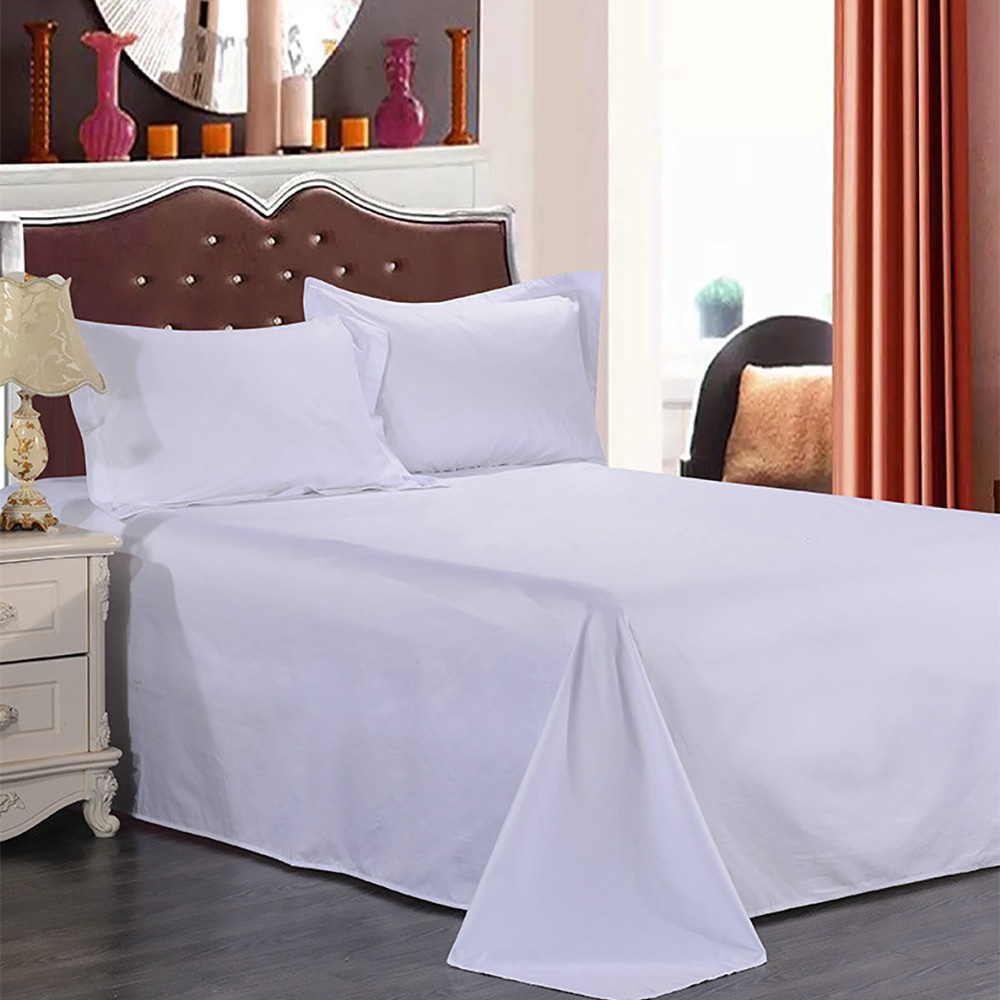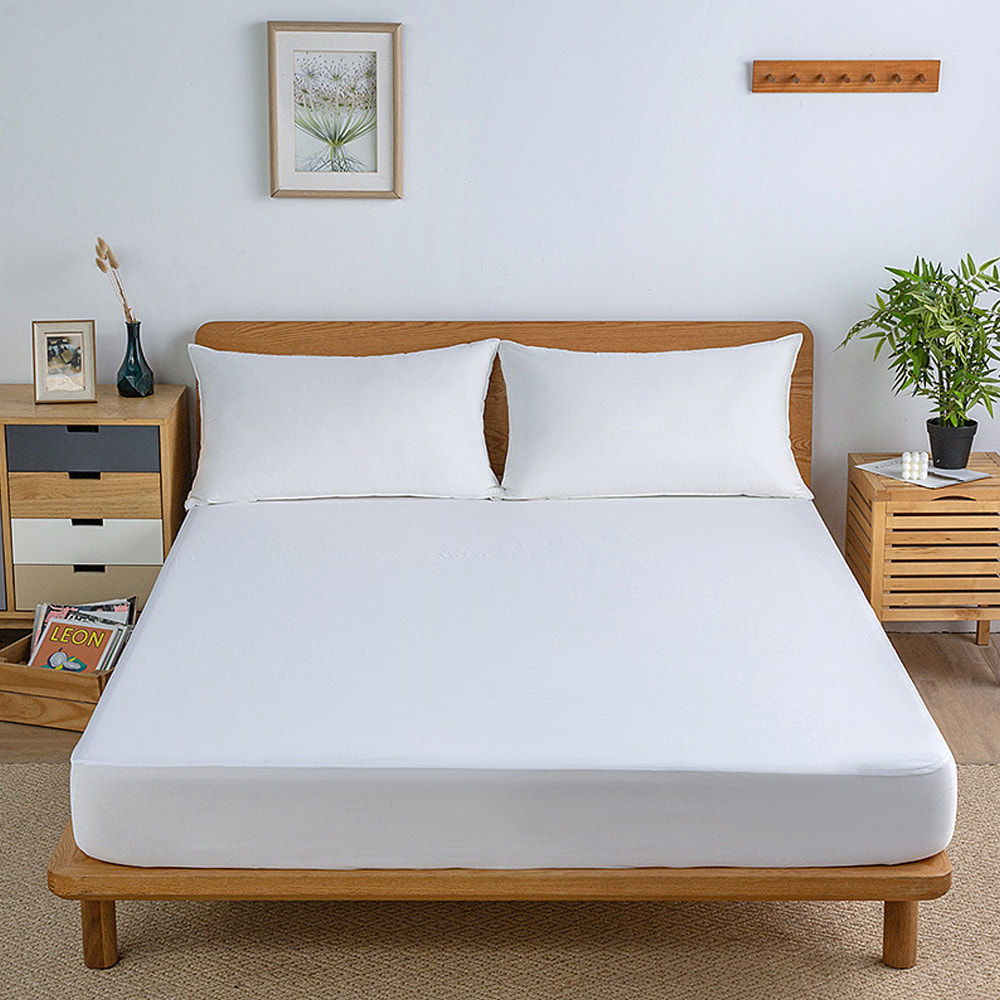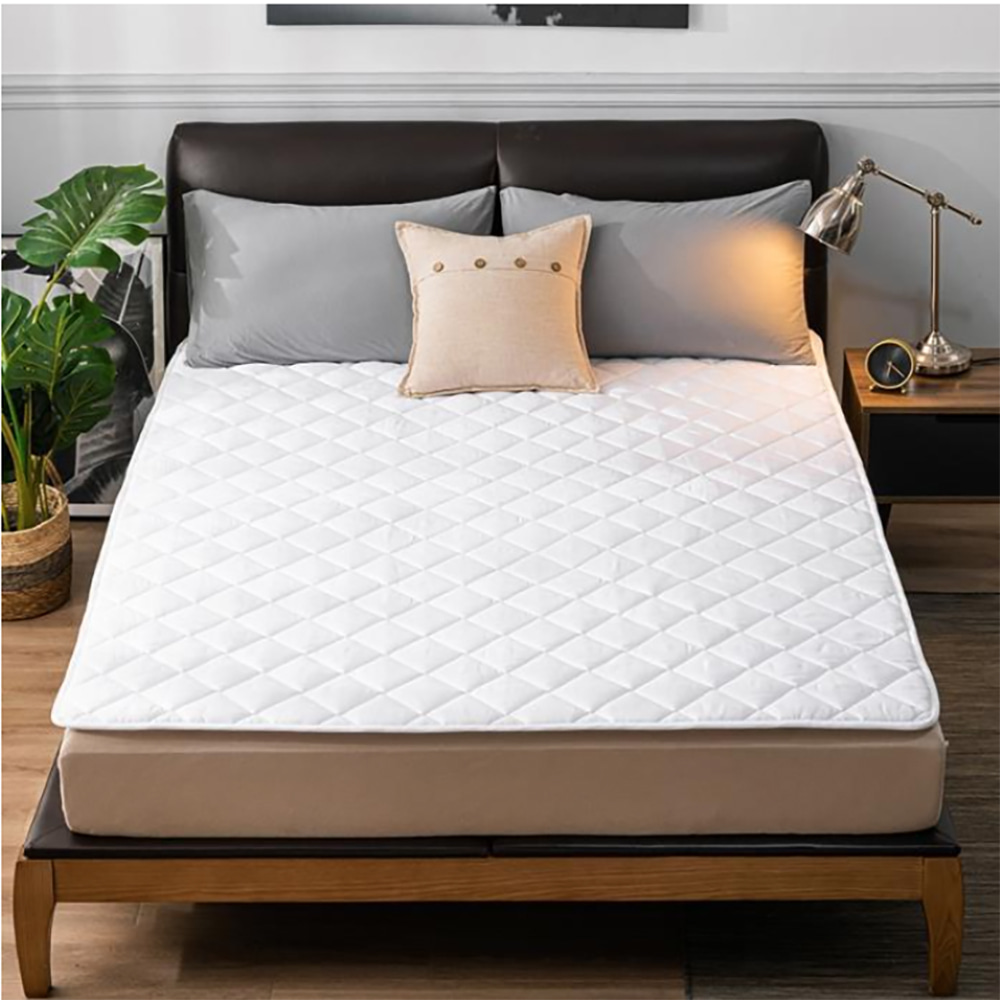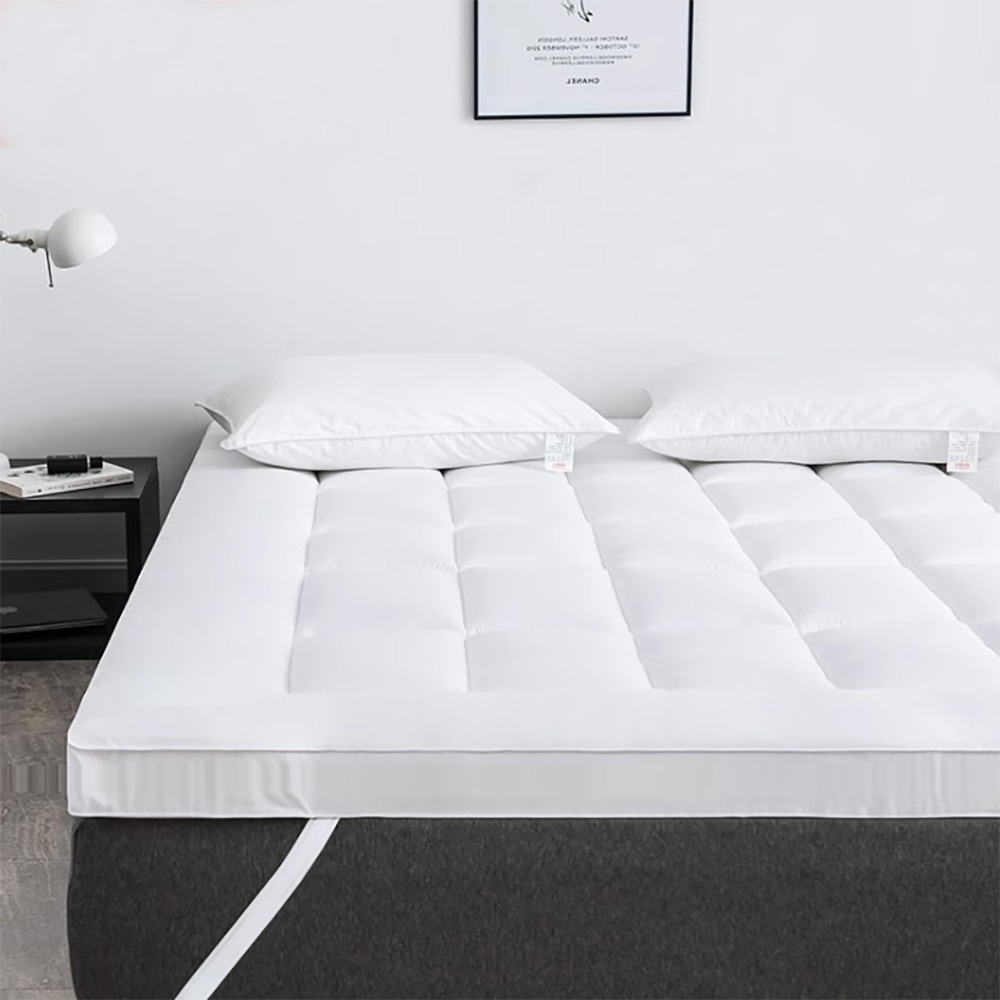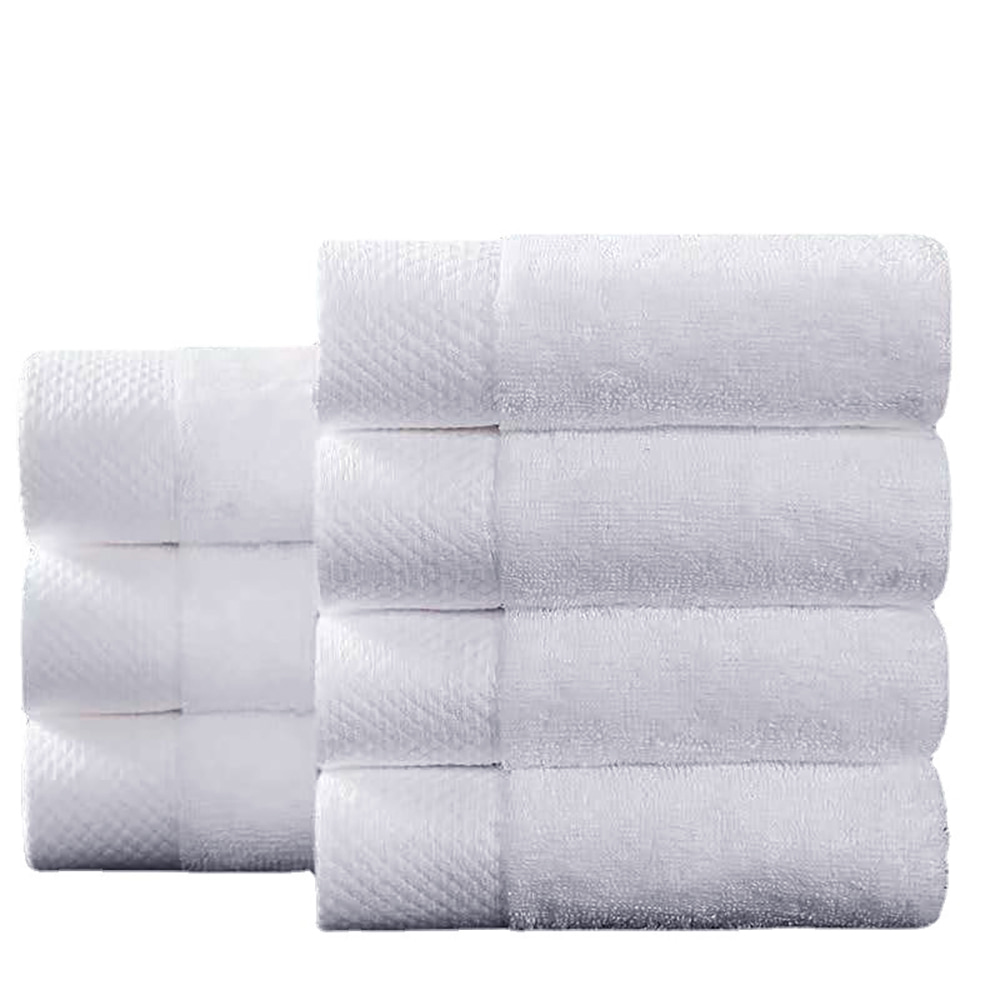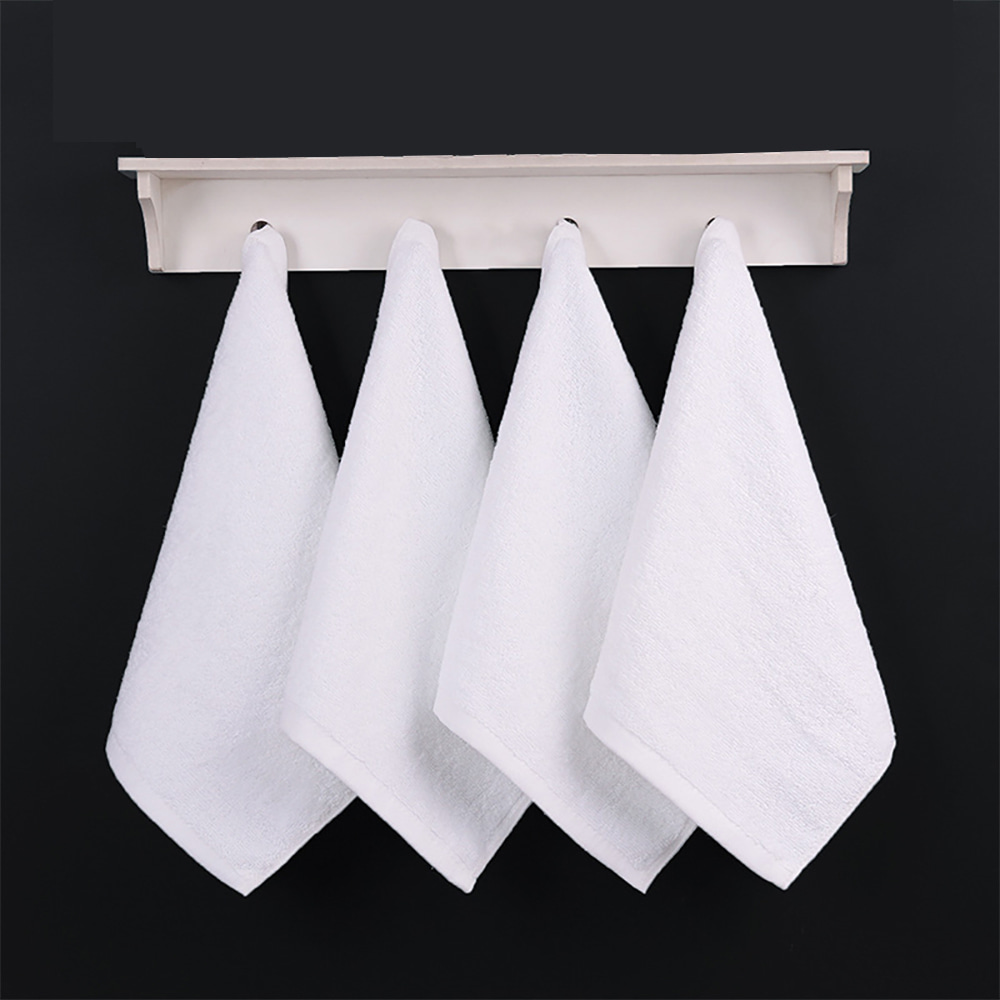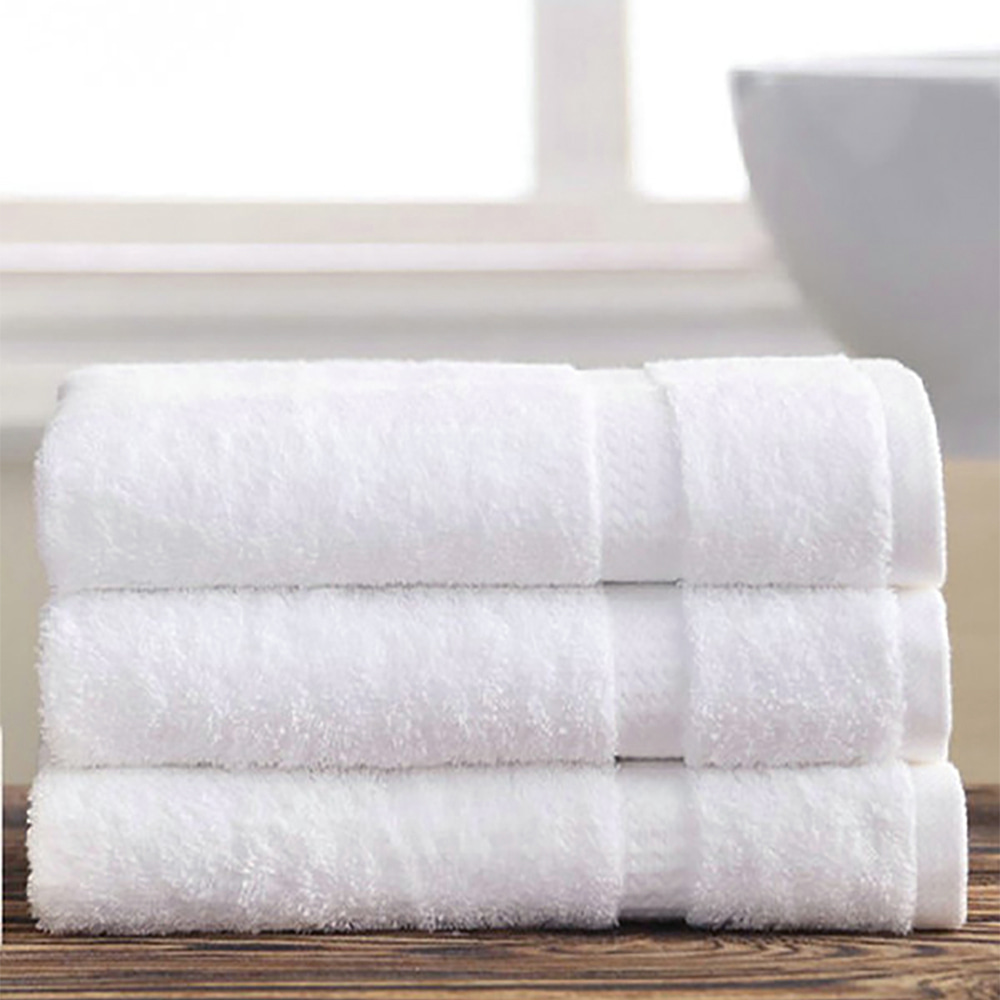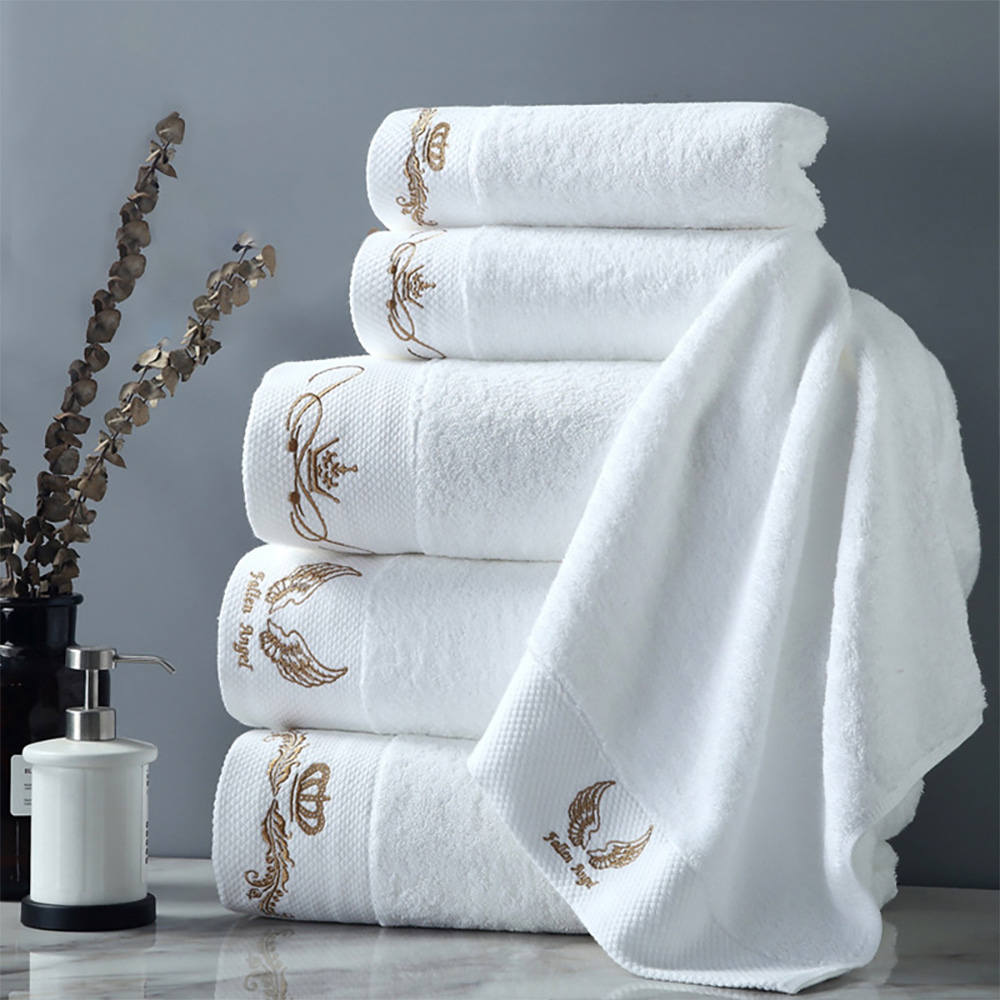1. Size matching
The fitted sheet should be consistent with the length and width of the mattress or slightly larger to ensure full coverage. For example, a mattress of 1.8 meters by 2 meters should choose a fitted sheet of the same size. If the mattress is of special specifications (such as round or special shape), it needs to be customized. The height (depth) of the fitted sheet should be slightly greater than the thickness of the mattress. It is recommended to be 3-5cm more than the thickness of the mattress to accommodate the shrinkage space of the elastic band. For example, a 20cm thick mattress is suitable for a 25cm high fitted sheet. If the mattress thickness exceeds 30cm, it is necessary to choose or customize a heightened model.
2. How to measure the mattress
Measuring tools: tape measure or laser rangefinder.
Length: the straight-line distance from the top to the bottom of the mattress.
Width: the straight-line distance from the left to the right of the mattress.
Thickness: the vertical height from the surface of the mattress to the bottom (additional layers such as mattress protectors must be included).
3. Influence of elasticity and material
Elastic design: High-quality fitted sheets will have high-elastic rubber bands around or all around, which can adapt to the thickness difference of ±5cm of the mattress. For example, a 25cm high fitted sheet can actually cover a mattress with a thickness of 20-30cm.
Preservation for fabric shrinkage: Cotton fitted sheets may shrink by 3%-5% after washing. When purchasing, you can choose products with pre-shrinkage process, or slightly increase the size.


